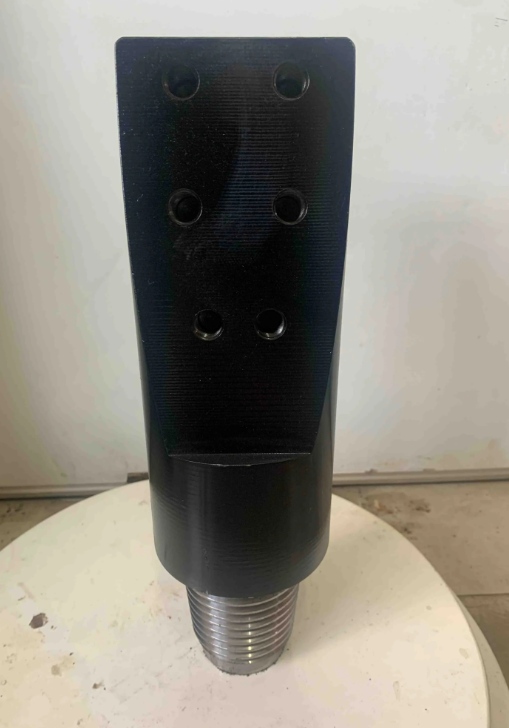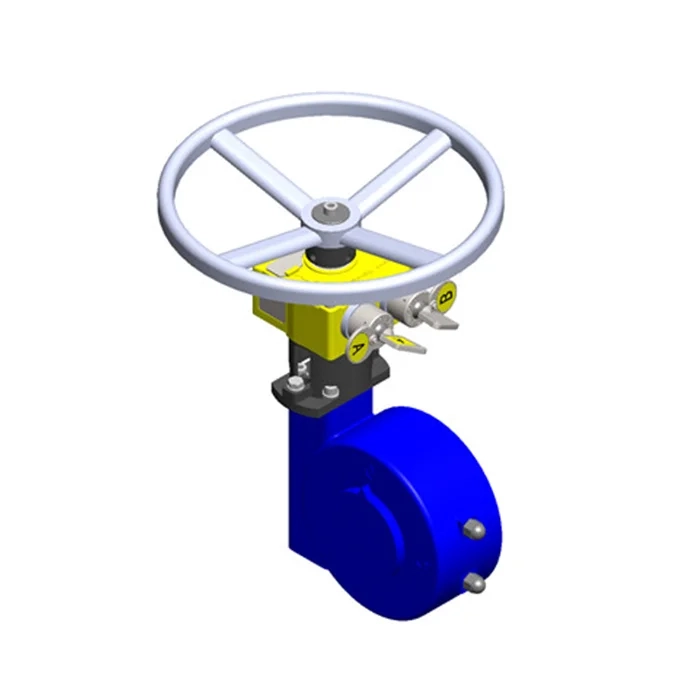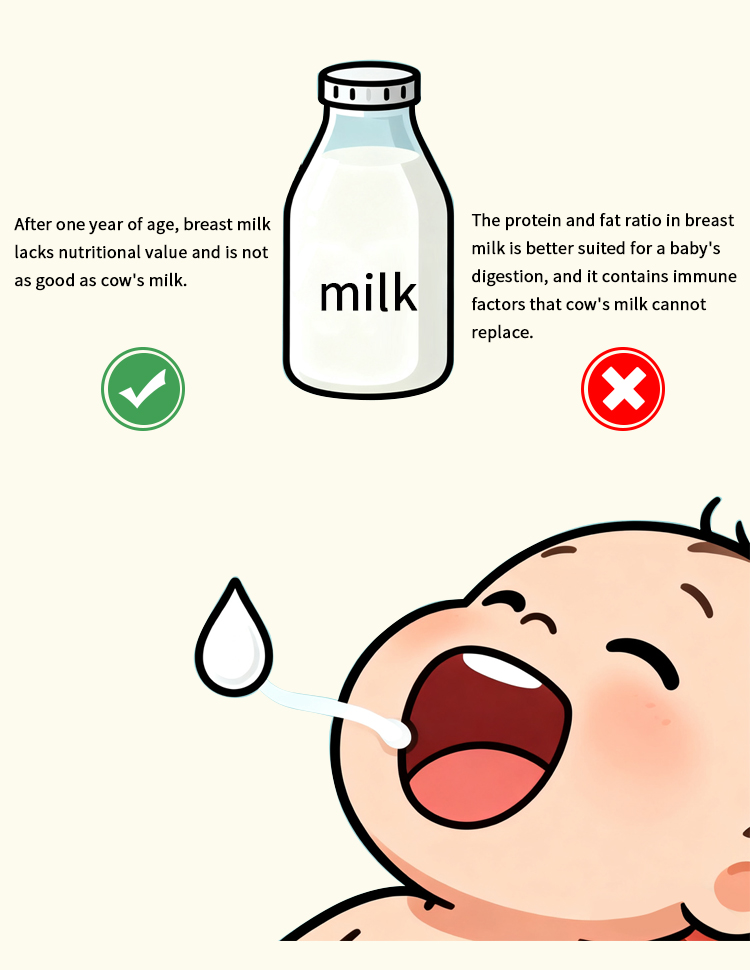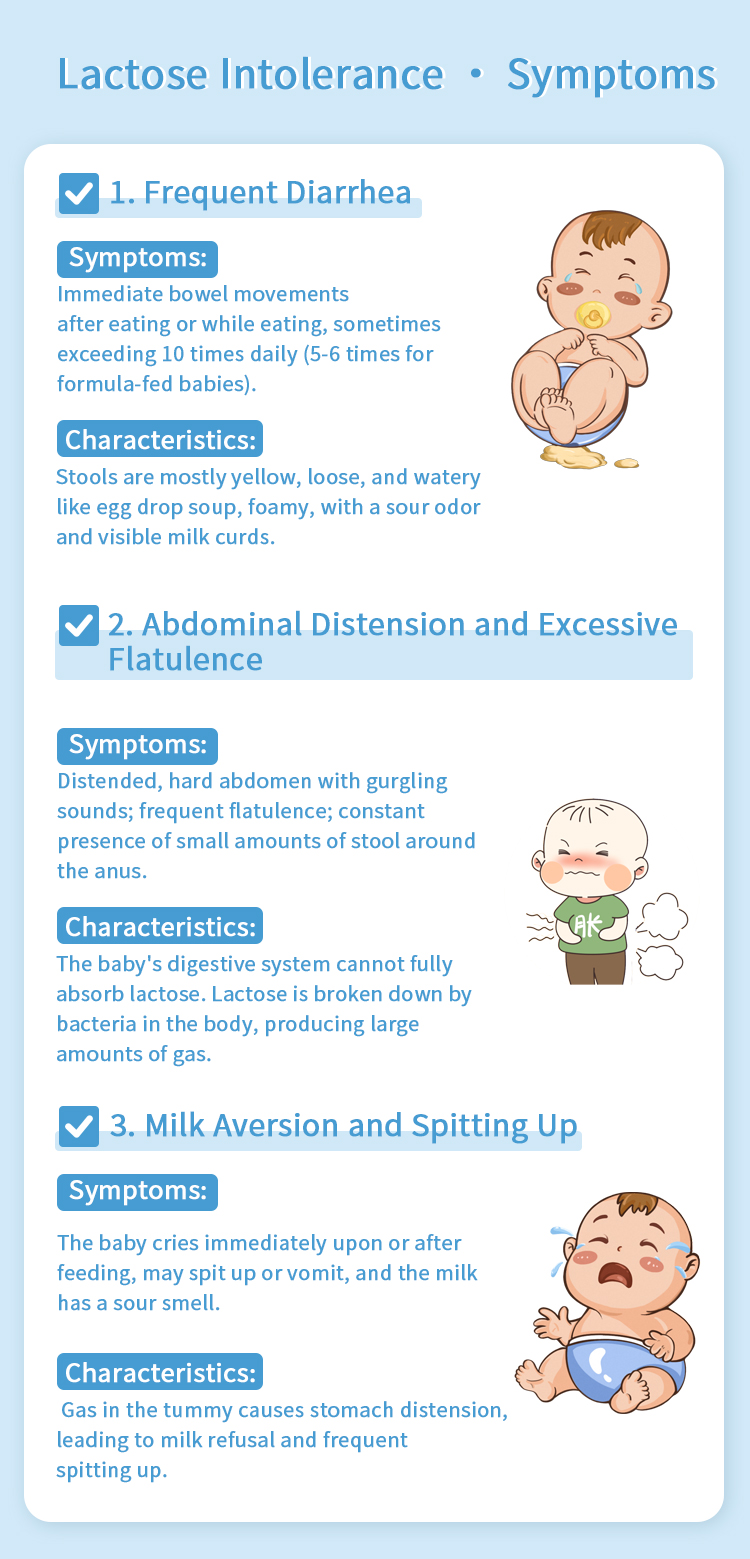Wear Patterns and Longevity Insights for Blade Adapters in Horizontal Directional Drilling

Horizontal directional drilling (HDD) has become the industry standard for pipeline installation, utility crossings, and underground construction, thanks to its precision and minimal environmental disruption. At the heart of HDD performance are blade adapters, which serve as the critical interface between drill bits, reamers, and drill pipes. Despite their seemingly simple role, blade adapters endure extreme mechanical stress, abrasion, and torsional forces, and their wear patterns directly impact drilling efficiency, safety, and operational costs.
Jiangyin Unique Drilling Tools Co., LTD., operating under the brand Unique Drilling Tools, specializes in producing HDD pipes, reamers, adapters, starter rods, housings, and other advanced tooling. Equipped with automatic pier thickener production lines, intermediate frequency heat treatment, friction welding, CNC machining centers, and tungsten carbide welding equipment, Unique Drilling Tools ensures that their TriHawk adapters deliver durable, high-performance results in even the most challenging drilling environments.
This guide provides a comprehensive look at wear mechanisms, design considerations, maintenance practices, and operational strategies for maximizing the longevity of blade adapters in HDD applications.
1. Understanding the Role of Blade Adapters
Blade adapters are not just mechanical connectors; they are precision-engineered components that transmit torque and axial force from the drill pipe to the drill bit, directly influencing:
-
Drilling accuracy: Proper adapter alignment reduces bit deflection and improves borehole straightness.
-
Torque efficiency: Optimized adapters ensure full torque transfer to the TriHawk bits.
-
Operational reliability: High-quality adapters reduce vibration, stress concentration, and premature failure.
Unique Drilling Tools’ TriHawk adapters incorporate tungsten carbide reinforcement and friction-welded joints, providing superior durability under repetitive torsional loads and abrasive soil conditions.
2. Wear Mechanisms in Blade Adapters
Wear in blade adapters is influenced by material properties, operational conditions, and environmental factors. The main types of wear include:
2.1 Abrasive Wear
-
Caused by soil particles (sand, silt, rock fragments) grinding against adapter surfaces.
-
Produces grooves, scratches, and gradual dimensional reduction.
-
Most pronounced in heterogeneous soil conditions or mixed rocky-sandy environments.
2.2 Fatigue Cracks
-
Result from cyclical torsional and axial loads.
-
Initiate at stress concentrators such as corners, weld joints, or surface imperfections.
-
Progressive cracks can lead to catastrophic adapter failure if undetected.
2.3 Fretting and Surface Deformation
-
Micro-movements between the bit and adapter interface lead to material transfer, localized wear, and loosening.
-
Consequences include vibration, torque loss, and accelerated wear of mating components.
2.4 Corrosion-Related Wear
-
Exposure to water, drilling mud, and chemicals can cause surface oxidation and micro-pitting, particularly in non-treated steels.
-
Mitigation: surface hardening, protective coatings, or corrosion-resistant alloys.
3. Factors Influencing Blade Adapter Longevity
Blade adapter life depends on material selection, manufacturing processes, and operational practices:
|
Factor |
Effect on Longevity |
Mitigation Strategies |
|
Material Composition |
Harder alloys resist abrasion and fatigue |
Use high-grade steel with tungsten carbide inserts (TriHawk standard) |
|
Soil Abrasiveness |
Coarse, rocky, or mixed soils accelerate wear |
Select bit and adapter combination based on soil analysis |
|
Torque and Rotational Speed |
Excessive stress cycles increase fatigue |
Monitor torque settings; adjust RPM to soil conditions |
|
Heat Treatment & Welding |
Improper treatment leads to micro-cracks |
Intermediate frequency heat treatment ensures uniform hardness and strength |
|
Lubrication & Drilling Fluid |
Poor mud flow increases friction and wear |
Maintain continuous drilling fluid circulation for cooling and lubrication |
|
Installation & Alignment |
Misalignment concentrates stress |
Use precision jigs and alignment tools during assembly |
Observation: Maximum service life is achieved when high-quality materials, precision manufacturing, and disciplined operational procedures converge.
4. Blade Adapter Design Features Enhancing Durability
Unique Drilling Tools incorporates advanced engineering features to extend blade adapter lifespan:
1. Friction-Welded Joints: Provide strong, torsion-resistant connections that minimize fretting.
2. Tungsten Carbide Reinforcement: Critical contact areas resist abrasive wear from hard soils.
3. Optimized Geometry: Smooth fillets and chamfers distribute stress evenly, reducing fatigue crack initiation.
4. Surface Hardening & Heat Treatment: Maintain microhardness uniformity for deformation resistance.
5. Dimensional Precision: Ensures perfect fit with TriHawk bits, minimizing vibration and torque loss.
Result: Reduced maintenance frequency, increased operational uptime, and consistent drilling accuracy.
5. Monitoring and Maintenance Practices
Proactive monitoring and maintenance are essential to prevent catastrophic failures and extend service life:
-
Visual Inspection: Detect early signs of surface wear, grooves, or cracks.
-
Non-Destructive Testing (NDT): Ultrasonic testing, dye penetrant, or magnetic particle inspection identifies subsurface fatigue cracks.
-
Torque and Vibration Tracking: Fluctuations may indicate wear or misalignment.
-
Scheduled Rotation: Replace adapters after defined operational cycles or meters drilled instead of waiting for failure.
-
Lubrication Management: Ensure consistent drilling fluid flow for cooling and debris removal.
Tip: Using TriHawk adapters simplifies monitoring, as components are pre-calibrated for torque tolerance and dimensional consistency.
6. Operational Case Study
Scenario: HDD project with 2000 meters drilled in mixed sand and shale.
-
Standard adapters showed visible abrasive wear after 500 meters.
-
TriHawk adapters maintained structural integrity up to 1500 meters, with only minor surface wear.
-
Torque consistency and vibration analysis confirmed stable performance, reducing borehole deviation.
Conclusion: Material quality, heat treatment, and precision manufacturing significantly extend adapter life, demonstrating the ROI of investing in premium components.
7. Visualizing Wear and Longevity
Example Table: Wear Comparison Between Standard vs TriHawk Adapters
|
Adapter Type |
Abrasive Wear (meters) |
Fatigue Cracks (cycles) |
Replacement Frequency |
|
Standard |
500 |
300 |
Every 1000 meters |
|
TriHawk |
1500 |
900 |
Every 3000 meters |
Illustration Idea:
-
Diagram 1: Cross-section of adapter showing wear points (grooves, fretting zones, crack initiation sites).
-
Diagram 2: Stress distribution map under torque and axial load.
-
Diagram 3: Life-cycle graph comparing standard vs TriHawk adapters in various soil types.
8. FAQ
Q1: How can operators detect early blade adapter wear?
-
Use visual inspection and NDT methods; monitor torque and vibration for deviations from baseline.
Q2: Are Tungsten Carbide inserts necessary for all soils?
-
Not always; inserts are critical in abrasive or rocky soils to prevent rapid wear.
Q3: How often should blade adapters be replaced?
-
Based on operational cycles, meters drilled, and observed wear; high-quality TriHawk adapters can extend life by 2–3x standard adapters.
Q4: Can friction welding extend fatigue life?
-
Yes, it reduces micro-movements and stress concentration, which are primary contributors to fatigue cracking.
Q5: How does drilling fluid impact adapter longevity?
-
Proper lubrication cools surfaces, removes abrasive debris, and reduces friction, directly extending wear life.
9. Best Practices for HDD Operators
1. Choose High-Quality Adapters: Invest in TriHawk adapters with proven wear resistance.
2. Soil-Condition Matching: Adjust bit and adapter combinations based on soil abrasiveness.
3. Torque & RPM Management: Avoid excessive stress cycles.
4. Regular Monitoring: Combine visual, NDT, and operational metrics.
5. Scheduled Replacement: Prevent downtime with proactive lifecycle management.
Impact: These practices maximize service life, reduce maintenance costs, and enhance operational efficiency.
10. Conclusion
Blade adapters are a key determinant of HDD performance and safety. Understanding wear mechanisms—abrasion, fatigue, fretting, and corrosion—is essential to extending operational life. By integrating precision-engineered TriHawk adapters, regular monitoring, and disciplined operational protocols, HDD operators can:
-
Achieve consistent drilling accuracy
-
Reduce downtime and maintenance costs
-
Optimize bit torque transfer and operational efficiency
-
Increase ROI on HDD projects
Unique Drilling Tools’ TriHawk blade adapters, with friction welding, tungsten carbide reinforcement, and precision heat treatment, provide industry-leading durability and reliability, making them a preferred solution for professional HDD operations worldwide.
www.uniquehdd.com
Jiangyin Unique Drilling Tools Co., LTD.



